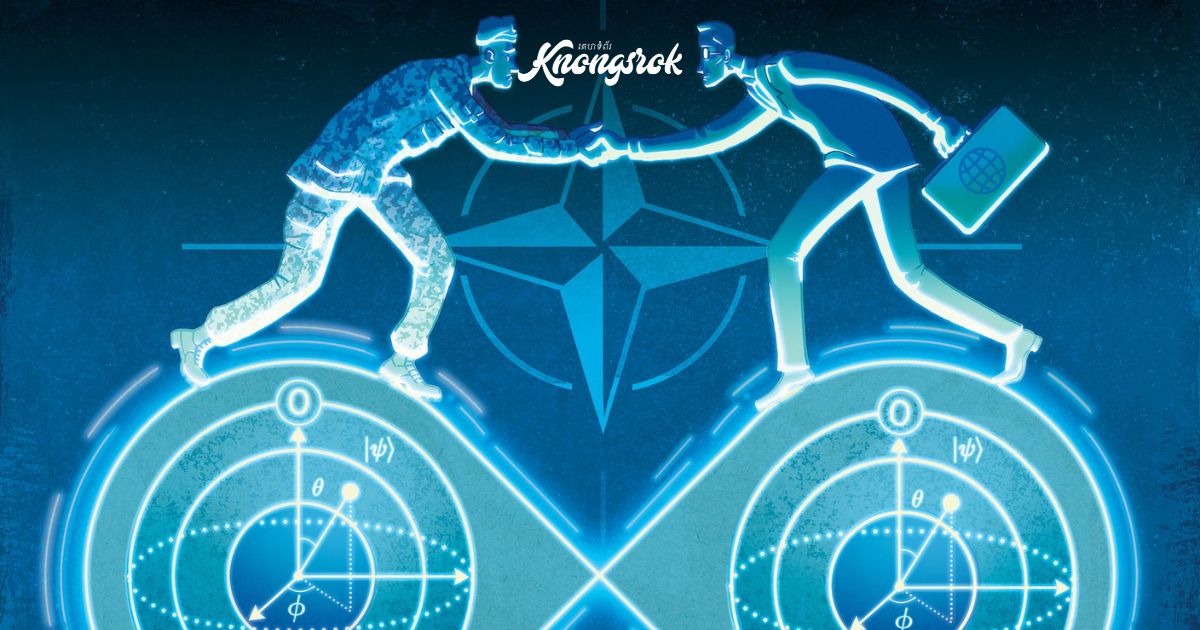Test: 15 Math Riddles That Could Even Stump Albert Einstein
Test: 15 Math Riddles That Could Even Stump Albert Einstein
Mathematics is often seen as a realm of logic and precision, but it can also be full of intriguing puzzles and mind-bending riddles. For those who relish a challenge, here are 15 math riddles that could even stump someone as brilliant as Albert Einstein. Each riddle tests different aspects of mathematical thinking, from algebra and geometry to number theory and logic.
1. The Missing Dollar Riddle
Three people check into a hotel room that costs $30. They each contribute $10, giving a total of $30. Later, the hotel manager realizes there was a special rate and the room only costs $25. He gives $5 to the bellboy to return to the guests. The bellboy, however, keeps $2 for himself and gives each guest $1 back. Now, each guest has paid $9 (totaling $27) and the bellboy has $2. Where is the missing dollar?
Answer: There is no missing dollar. The confusion arises from incorrectly adding the $2 the bellboy kept to the $27 the guests paid. The $27 includes the $2 kept by the bellboy and the $25 for the room.
2. The Ages Riddle
A father is 4 times as old as his son. In 20 years, he will be 3 times as old as his son. How old are they now?
Answer: The father is 40 years old, and the son is 10 years old. In 20 years, the father will be 60 and the son will be 30.
3. The Weighing Puzzle
You have 12 identical-looking coins, but one of them is either heavier or lighter. You have a balance scale and can only use it 3 times. How can you find the odd coin and determine if it is heavier or lighter?
Answer: Divide the coins into three groups of 4. Weigh two groups of 4 against each other:
•If they balance, the odd coin is in the third group. Weigh 2 coins from this group against each other to find the odd coin.
•If they do not balance, weigh 2 coins from the heavier side against each other. If they balance, the odd coin is in the remaining coins; if not, the odd coin is among the 2 coins you weighed.
4. The 100 Doors Problem
100 doors are in a row, all initially closed. You make 100 passes by the doors starting with the first door every time. The first pass, you visit every door and toggle the door (if the door is closed, you open it; if it is open, you close it). The second pass, you only visit every 2nd door (door #2, #4, #6, …). The third pass, every 3rd door (door #3, #6, #9, …), etc., until you only visit the 100th door. What state are the doors in after the last pass?
Answer: The doors that remain open are those whose numbers are perfect squares (1, 4, 9, 16, 25, 36, 49, 64, 81, 100).
5. The Prime Number Riddle
What is the smallest positive integer that is both a perfect square and a perfect cube?
Answer: The smallest positive integer that is both a perfect square and a perfect cube is 1. More generally, it’s 2^6 = 64 (since 2^6 is the least common multiple of 2 and 3).
6. The Coin Problem
You have a coin with a value of $1, a coin with a value of $2, and a coin with a value of $5. You need to pay exactly $7 using these coins. However, you can only use one of each coin and can’t combine any two coins to make the amount. How can you do this?
Answer: You cannot pay exactly $7 using only one of each coin as described. The maximum amount you can make with one of each is $1 + $2 + $5 = $8.
7. The Light Switch Puzzle
You are in a room with three light switches. Each switch controls one of three light bulbs in another room. You can only enter the room with the bulbs once. How can you determine which switch controls which bulb?
Answer: Turn on the first switch and leave it on for a few minutes. Then turn it off and turn on the second switch. Immediately go to the room with the bulbs. The bulb that is on corresponds to the second switch, the bulb that is off but warm corresponds to the first switch, and the bulb that is off and cold corresponds to the third switch.
8. The Arithmetic Sequence Riddle
The sum of the first 10 terms of an arithmetic sequence is 210, and the sum of the first 20 terms is 820. What is the common difference of the sequence?
Answer: The common difference is 4. The sum of the first n terms of an arithmetic sequence can be calculated using the formula S_n = \frac{n}{2} [2a + (n-1)d] . Solving the equations for 10 and 20 terms gives the common difference as 4.
9. The Magic Number
What 3-digit number has the property that the sum of its digits equals the number formed by reversing its digits?
Answer: The number is 108. The sum of its digits (1 + 0 + 8) is 9, and reversing the digits gives 801.
10. The Train Problem
A train travels from City A to City B at a speed of 60 miles per hour and returns at a speed of 40 miles per hour. What is the average speed of the train for the round trip?
Answer: The average speed is 48 miles per hour. The formula for average speed is \text{Average Speed} = \frac{2 \cdot \text{Speed}_1 \cdot \text{Speed}_2}{\text{Speed}_1 + \text{Speed}_2} .
11. The Age Problem
If the sum of the ages of a mother and her child is 50 years and the mother’s age is twice the child’s age, what are their ages?
Answer: The mother is 40 years old, and the child is 10 years old. If M is the mother’s age and C is the child’s age, then M + C = 50 and M = 2C . Solving these equations gives the ages.
12. The Digital Root
What is the digital root of the number 987654321?
Answer: The digital root is 9. The digital root is the single digit obtained by iteratively summing the digits of a number until a single digit is obtained. For 987654321, the sum of the digits is 45, and summing the digits of 45 gives 9.
13. The Factorial Riddle
What is the sum of the factorials of the digits in the number 145?
Answer: The sum is 145. The factorials of the digits are 1! + 4! + 5! = 1 + 24 + 120 = 145 .
14. The Number Sequence
Find the next number in the sequence: 1, 4, 9, 16, 25, ?
Answer: The next number is 36. The sequence represents the squares of the natural numbers: 1^2, 2^2, 3^2, 4^2, 5^2 , so the next number is 6^2 = 36 .
15. The Dice Problem
If you roll two standard dice, what is the probability that the sum of the numbers on the dice will be 7?
Answer: The probability is \frac{6}{36} = \frac{1}{6} . There are 6 possible combinations that result in a sum of 7 out of 36 possible combinations when rolling two dice.
Conclusion
These math riddles challenge your problem-solving abilities and mathematical thinking. Whether you solve them in minutes or find them thought-provoking, they offer a great way to engage with math in a fun and stimulating way. Share these with friends or tackle them yourself to see how your skills measure up!
Feel free to tweak or add any specific details to tailor the article further!
1.

Answer

2.

Answer

3.

Answer

4.

Answer

5.

Answer

6.

Answer

7.

Answer

8.

Answer

9.

Answer

10.

Answer

11.

Answer

12.

Answer

13.

Answer

14.

Answer

15.

Answer

How many riddles did you manage to solve without looking at the answers? How many did you get right? If math isn’t your thing, what skills do you have that you think is unusual? Tell us how you figured it out, we’d love to know.
Preview photo credit Depositphotos.com, Depositphotos.com, Depositphotos.com














